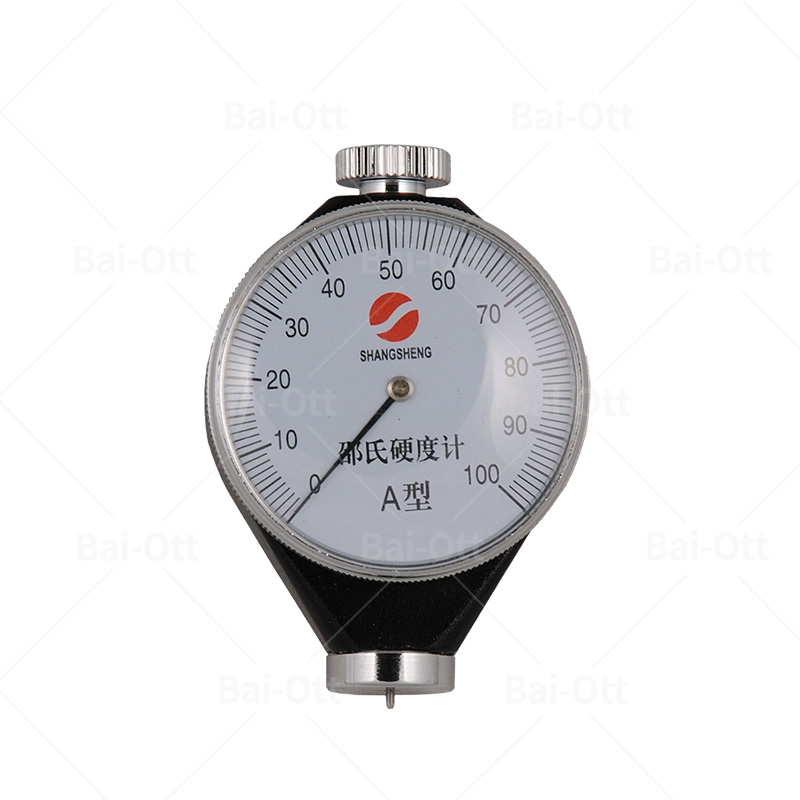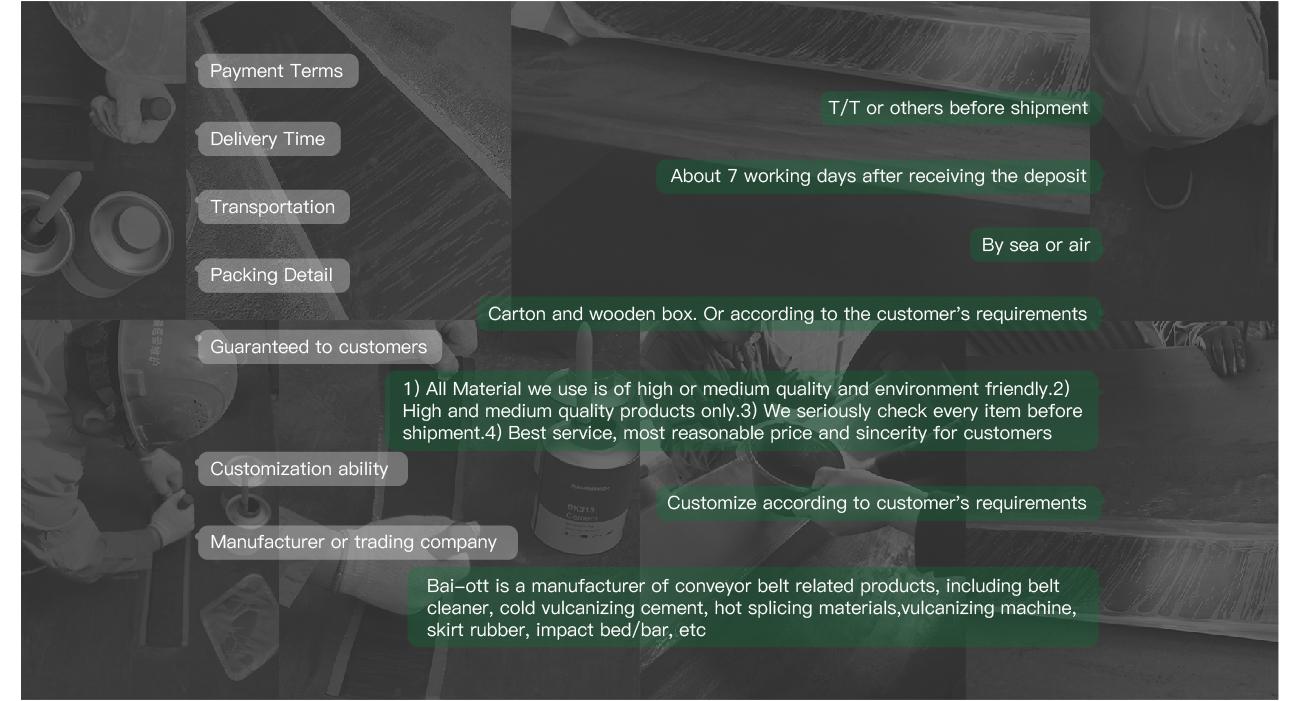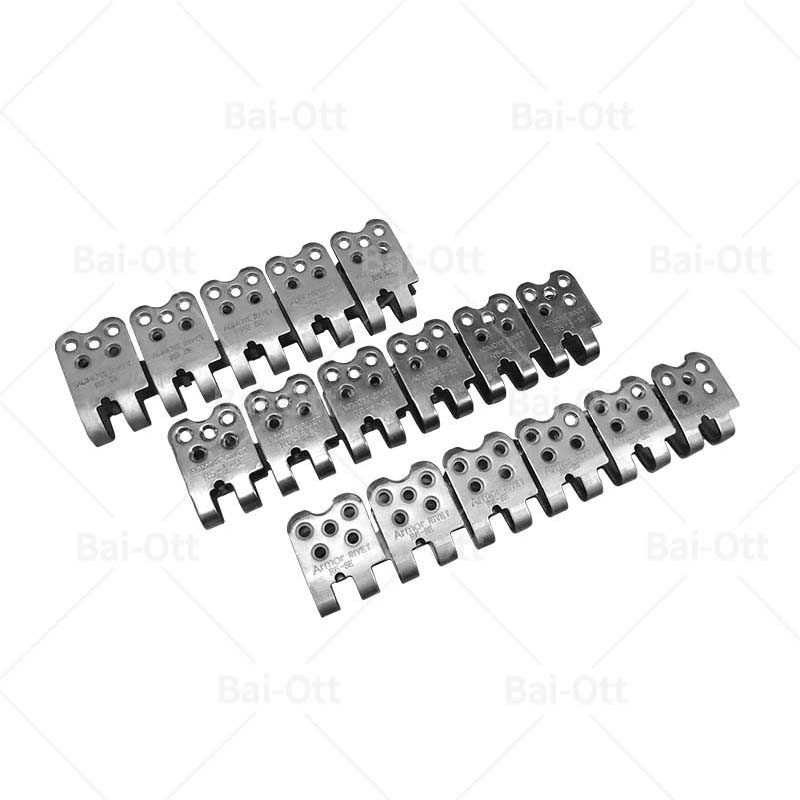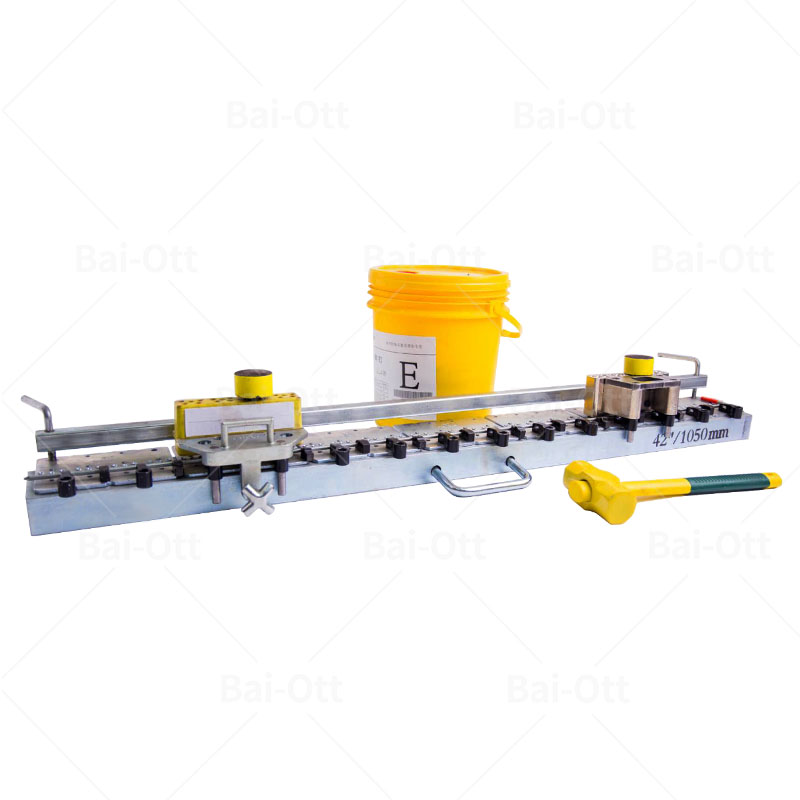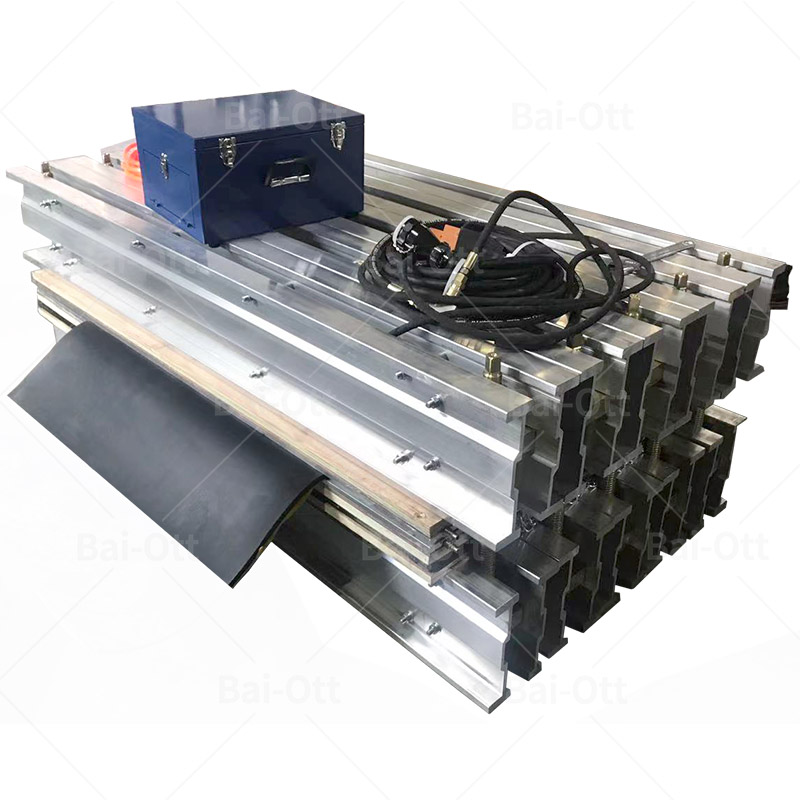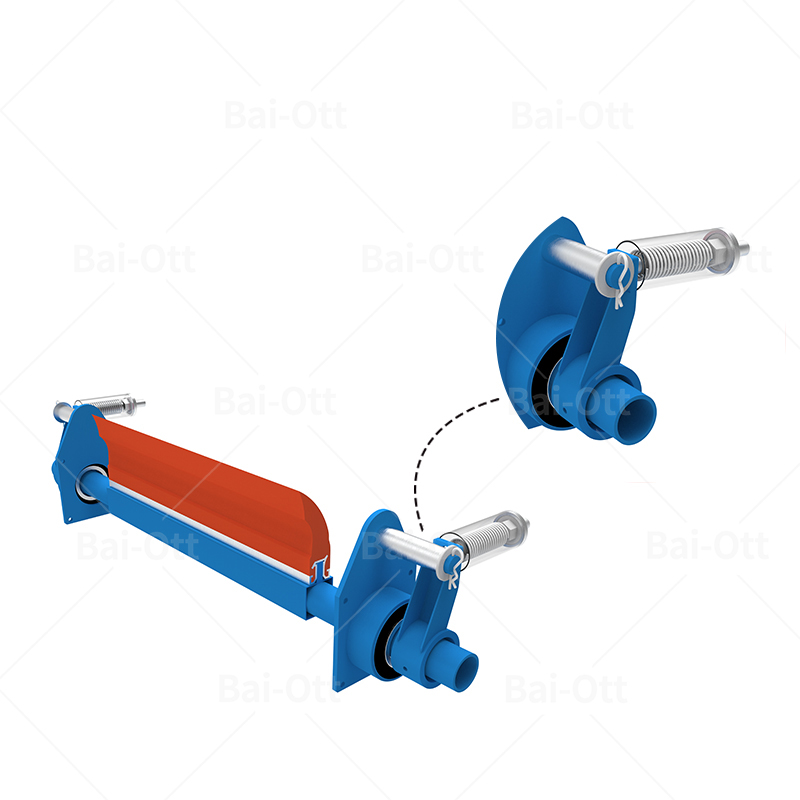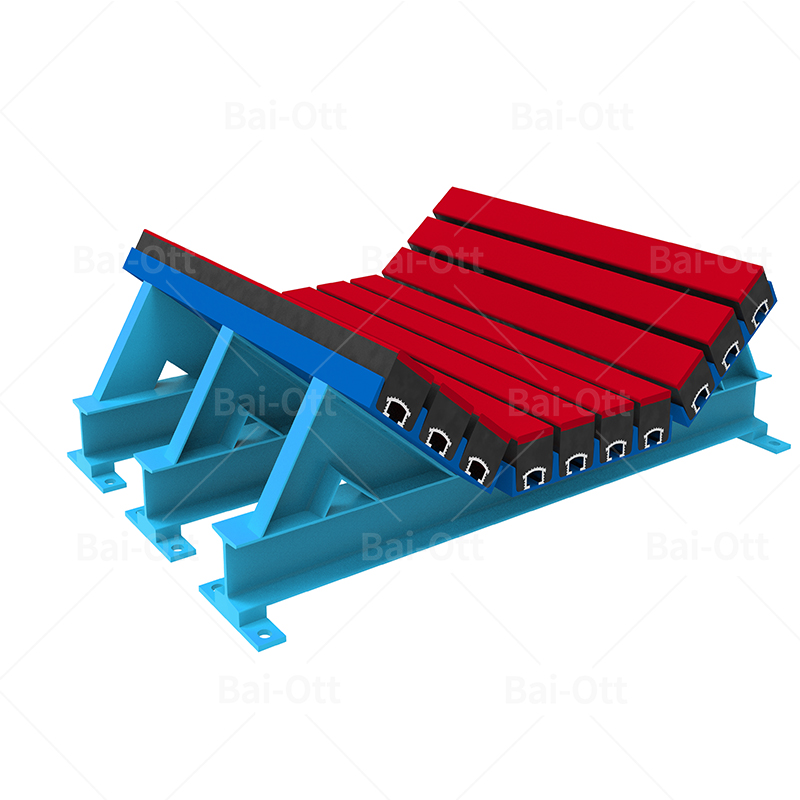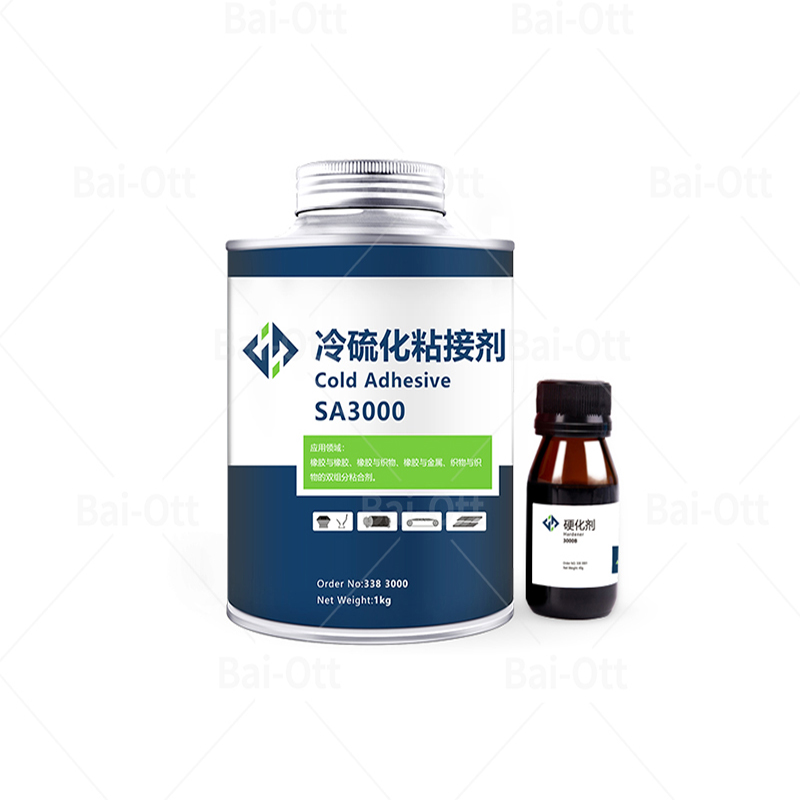Hardness Tester
Brand: BAI-OTT or OEM
Feature: High Efficiency
Application:Conveyor Belt Lacing, Belt Repair, Belt joint
Sample:Provide
Product Inspection:Available
MOQ: 1 Set
Lead time:Ready to ship in stock
View more Conveyor Splicing Tools from BAI-OTT
Size:80*53*25(mm)
Weight:145(g)
Description
The shore A portable rubber hardness tester is available for general rubber, synthetic rubber, soft rubber, multi-fat, leather, wax, etc..The hardness tester has the features of simple structure, convenient use, small size and intuitive reading. It can be measured by hand or can be measured on the same type of fixed frame.The hardness tester complies with ASTM D2240, DIN 53505, ISO868, ISO7619 and other international standards.
Hardness tester is a kind of hardness testing instrument. The definition of metal hardness measurement was first put forward by reomer, which indicates the ability of materials to resist hard objects pressing into their surface. It is one of the important performance indexes of metal materials. Generally, the higher the hardness, the better the wear resistance. It has good reliability, operability and intuitiveness The microhardness tester has a novel appearance and is controlled by microcomputer. The measurement of Vickers and Knoop hardness can be selected through software, the strength of the measurement light source can be adjusted, and the holding time of the test force can be preset. The LCD display screen is adopted, and the hardness scale HV or HK, the test force, the holding time and the brightness of the light source can be adjusted steplessly by operating the control key Use the micrometer eyepiece to measure the diagonal length D1 and D2. After pressing the key, the hardness value can be displayed on the LCD. It is easy to operate Measuring the diagonal length of indentation through panel input and directly reading the hardness value on the screen makes it easy to look up the table Microhardness tester adopts unique indentation measurement conversion and one-time measurement and reading mechanism of micrometer eyepiece Easy to use and high measurement accuracy The microhardness tester can also be equipped with a camera according to the special requirements of users, which can shoot the measured indentation and material metallographic structure It is widely used to measure the microhardness of small and thin specimens, surface infiltrated coatings and other specimens, and to measure the Knoop hardness of brittle and hard materials such as glass, ceramics, agate and artificial gemstones. It is an ideal hardness testing instrument for material research and testing in scientific research institutions, factories and quality supervision departments.
Advantage
Exact measure
Long service life
Easy to operate
We specialize in this field for more than 20 years and have good advantage of quality control.
We’re the top manufacturer and supplier in China market .
It can detect a variety of metal materials with high precision
Full text display, menu operation, simple and convenient operation
USB2. 0 communication interface, which can exchange data and set parameters with PC conveniently and quickly
One host can be equipped with 7 different impact devices to automatically identify the type of impact device. Recalibration is not required for replacement
The upper and lower limits of the hardness value can be set in advance, and the alarm will be given automatically when it exceeds the range, which is convenient for users to meet the needs of batch testing.
Streamlined shell, compact, portable, high reliability, suitable for harsh operating environment, anti vibration, impact and electromagnetic interference.
Built in large capacity lithium ion rechargeable battery and charging control circuit; It can work continuously for no less than 100 hours; It has power-saving functions such as automatic sleep and automatic shutdown.
Specifications
The shore A hardness tester is used to test hardness of general rubber, synthetic rubber, soft rubber, multi-fat, leather, wax, etc.. The tester has the advantages of easy operation, simple structure, tiny volume, accurate measurement and reading ect. Besides, it has long service life and you even don’t need to change. Our hardness tester complies with international standards.
Precautions for hardness tester
1. The hardness tester itself will produce two kinds of errors: one is the error caused by the deformation and movement of its parts; The second is the error caused by the hardness parameter exceeding the specified standard. For the second error, a standard block is needed to calibrate the hardness tester before measurement. The calibration results of Rockwell hardness tester are qualified if the difference is within ± 1. The correction value can be given for the stable value with the difference within ± 2. When the difference is outside the range of ± 2, the hardness tester must be corrected and repaired or measured by other hardness test methods.
2. When replacing the indenter or anvil, pay attention to wipe the contact part clean. After replacement, the steel sample with certain hardness shall be tested several times until the hardness value obtained for two consecutive times is the same. The purpose is to compress the contact part between the indenter or anvil and the testing machine, so as not to affect the accuracy of the test results.
3. After the hardness tester is adjusted, the first test point is not used when measuring hardness. The measured value is inaccurate for fear of poor contact between the sample and the anvil. After the first point is tested and the hardness tester is in the normal operation mechanism state, conduct formal test on the sample and record the measured hardness value.
4. When the test piece allows, generally select different parts to test at least three hardness values, take the average value, and take the average value as the hardness value of the test piece.
5. For the test piece with complex shape, the cushion block with corresponding shape shall be used, and the test can be carried out only after it is fixed. Generally, the round test piece shall be tested in the V-shaped groove.
6. Before loading, check whether the loading handle is placed in the unloading position. During loading, the action should be light and stable, and do not exert too much force. After loading, the loading handle shall be placed at the unloading position to avoid plastic deformation of the instrument under load for a long time and affect the measurement accuracy.
Technical parameters:
Order No. | Size | Weight |
R200080 | 80*53*25mm | 145g |

